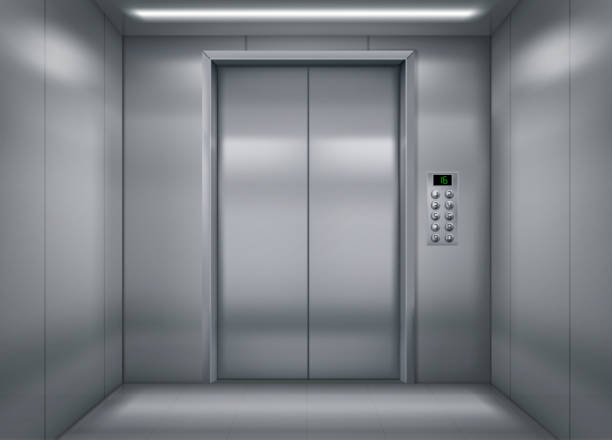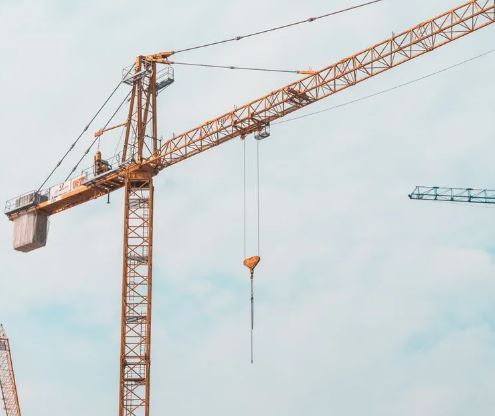The lifts and safety components of lifts Directive 2014/33/EU

Introduction
The lifts and safety components of Lifts Directive (hereafter ‘the Directive’) aims to ensure that lifts and their safety components are produced to comply to the essential health and safety requirements.
Scope
The Directive shall apply to lifts permanently serving buildings and constructions and intended for the transport of persons, persons and goods or goods alone, if the carrier is accessible to a person as well as the controls of the lift. The Directive shall also apply to the safety components which are listed in Annex III of the Directive. Examples of these safety components are devices for locking landing doors, overspeed limitation devices and electric safety devices in the form of safety circuits containing electronic components.
Lifts that do not fall under the scope of the Directive are listed in article 1 paragraph 2 of the Directive. Examples of these lifts are construction site hoists, mine winding gear and escalators and mechanical walkways.
The definition of a lift according to the Directive is «a lifting appliance serving specific levels, having a carrier moving along guides which are rigid and inclined at an angle of more than 15 degrees to the horizontal, or a lifting appliance moving along a fixed course even when it does not move along rigid guides».
A carrier is defined as «a part of the lift by which persons and/or goods are supported in order to be lifted or lowered».
Essential requirements
The essential health and safety requirements have to be met for lifts and safety components of lifts. The essential health and safety requirements are divided in general requirements, risks for persons in- and outside the carrier, other risks, marking and instructions. The general requirements are then again subdivided in the following requirements;
- the application of the requirements of the Machinery Directive 2006/42/EC;
- the requirements for carriers;
- the requirements for means of supervision and means of support;
- the requirements for the control of loading;
- the requirements for the machinery;
- the requirements for the controls.
Obligations of manufacturer
Lifts shall be subject to one of the following conformity assessment procedures:
- If they are designed and manufactured in accordance with a model lift that has their technical design examined by a Notified Body:
- Final inspection for lifts. A Notified Body ascertains and certifies whether a model lift complies with the before mentioned requirements;
- Conformity where a Notified Body checks the product quality system of an installer to check if it complies with the certificate and if the lift complies with the before mentioned requirements;
- Conformity to type based on production quality assurance for lifts. A Notified Body checks the product quality system of an installer to assess if it complies with the certificate or with a lift designed and manufactured under an approved quality system and also if the lift complies with the before mentioned requirements.
- If a Notified Body has assessed the quality system and, where appropriate, the design of a lift:
- See 1.: Final inspection for lifts;
- See 1: Conformity where a Notified Body checks;
- See 1: Conformity to type based on production quality assurance for lifts.
- A Notified Body assesses whether a lift complies with the before mentioned requirements;
- A Notified Body assesses the quality system and, where appropriate, the design of a lift.
Safety components for lifts shall be subject to one of the following conformity assessment procedures:
- A Notified Body examines the technical design and verifies and attests the technical design and randomly checks if the safety component is in conformity with the approved type as described in the EU-type examination;
- A Notified Body examines the technical design and verifies and attests the technical design and checks the conformity of type based on product quality assurance;
- Conformity based on full quality assurance. A Notified Body will assess the quality system of a manufacturer to ensure that the safety components for lifts are designed, manufactured, inspected and tested in order to satisfy the before mentioned requirements and enable a lift to which they are correctly incorporated to satisfy those requirements.
Technical Documentation
The Technical Documentation for lifts shall contain, where applicable, the following:
- A description of the model lift indicating clearly all the permitted variations of the model lift;
- Design and manufacturing drawings and diagrams;
- Explanations necessary for the understanding of those drawings and diagrams and of the operation of the lift;
- A list of the essential health and safety requirements taken into consideration;
- A list of the harmonized standards applied in full or in part and, where those harmonized standards have not been applied, descriptions of the solutions adopted to meet the essential health and safety requirements of the Directive;
- A copy of the EU Declarations of Conformity of the safety components for lifts incorporated in the lift;
- Results of design calculations performed by or for the installer;
- Test reports;
- A copy of the instructions;
- Steps taken at the installation stage to ensure that the series-produced lift conforms to the before mentioned requirements.
The Technical Documentation for safety components for lifts shall contain, where applicable, the following:
- A description of the safety component for lifts, including its area of use (in particular possible limits on speed, load and power) and conditions (in particular explosive environments and exposure to the elements);
- Design and manufacturing drawings and diagrams;
- Explanations necessary for the understanding of those drawings and diagrams and the operation of the safety component for lifts;
- A list of the harmonized standards applied in full or in part and, where those harmonized standards have not been applied, descriptions of the solutions adopted to enable the safety component for lifts to meet the EU-type examination;
- Results of design calculations performed by or for the manufacturer;
- Test reports;
- A copy of the instructions for the safety components for lifts;
- Steps taken at the manufacturing stage to ensure that series-produced safety components for lifts conform to the safety component for lifts examined.
Find More Insights

Construction Products Regulation 2013

CETA, Trade agreement between the EU and Canada

Personal Protective Equipment (PPE) Regulation EU 2016/425

NEN-EN 1090, 1 July 2014

Full-service product compliance
Leave it to us.
